Artesian-Norman Basset
The Basset Artésien Normand (Norman Artesian Basset) is a short-legged hound-type dog. The breed has origins in France. The word basset refers to short-legged hounds. This breed shares ancestry with a more known Basset Hound from the 19th century, and they were displaying osteochondrodysplasia dwarfism, which the breeders focused on as well as its ability to track a scent, primarily for tracking wounded animals.
Norman Artesien Basset is a breed that fits better with active people who love taking long walks in the forest and countryside. It is not a popular breed, but it is possible to find quality dogs in different European countries, like Portugal, Spain, the Netherlands, Sweden, and Germany, in addition to his country of origin, France.
Walk-in a forest with a Norman Artesian Basset is very funny and relaxing. Norman Artesien Bassets can become wonderful family dogs since they get along well with everybody. They’re so pack-oriented that they can suffer from loneliness. If you’re considering one Norman Artesian Basset, you might want to think about acquiring another dog.
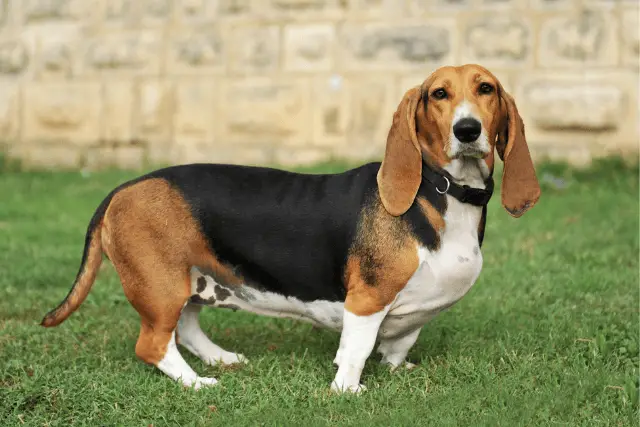

Height:
12–14 in (30–36 cm)

Weight:
33–44 lb (15–20 kg)

Origin:
France

Life Expectancy:
13-15 years
Dog Breed Characteristics
What is specific about this breed’s appearance?
This breed is usually confused with other breeds such as the Basset Hound and the Beagle, although Norman Artesian Basset is very different from these breeds. The most specific trait of the Norman Artesian Basset is the short length of his legs, a trait that is shared with the other Basset breeds.
Is this a registered dog breed?
It is accepted by the FCI since its origins (breed standard number 34).
The Kennel Club and American Kennel Club have not yet recognized the Norman Artesian Basset, ad it is the only Basset breed besides Blue Gascony Basset that is not recognized by KC and AKC.
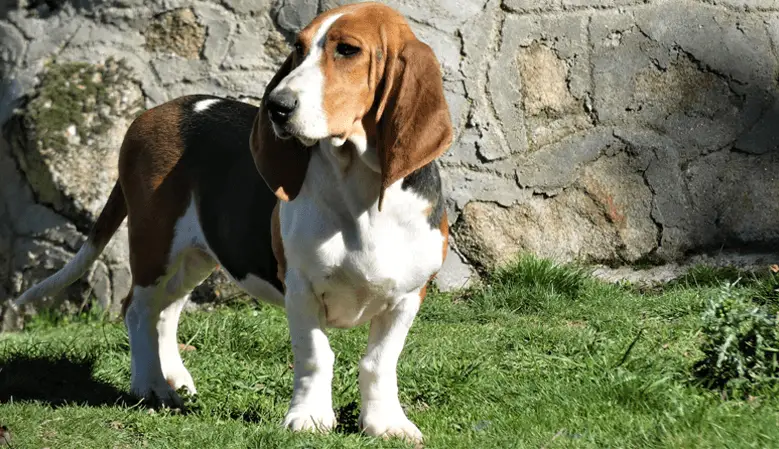
When were they accepted by their native kennel club?
Norman Artesien Basset was accepted by the Société Centrale Canine (French Kennel Club) at the beginning of the 20th century.
Coat and Grooming
It is a rustic breed used to hunt, so it doesn’t need any special care. Anyway, it is very important to take care of their food intake. It is recommended to brush this dog once a week and clean their ears to avoid problems like otitis externa. Nail cutting should be done if the dog doesn’t naturally wear them down while exercising. It is also very important to give Norman Artesian Basset the opportunity to do enough exercise all day.
It is a shorthaired coat breed, so Norman Artesien Basset sheds its coat two times every year (in the middle of spring and the middle of autumn).
The grooming of Norman Artesien Basset is easy. A weekly brush and good feeding should be enough to have a dog with a nice and shiny coat. Excellent feeding, excellent care, and a lot of exercise are the most important to give good care for this breed. Also, it is important to remember that is a pack breed, so it is necessary to have other dogs to avoid separation anxiety when we are out of the home.
What colors are allowed?
Fawn with black blanket and white (“tricolor”) or fawn and white (“bi-color). In the tricolored dog, the head should be largely covered with tan hair and show a circle of darker hairs on each temple. The black blanket or the black patches should be composed of solid black hairs or black hair with “grizzle” (realizing thus the former characteristic of “hare pied” or ”badger-pied”).
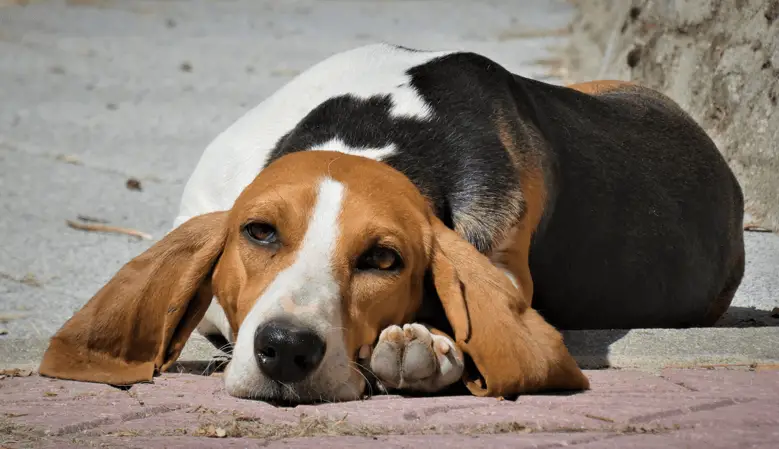
Exercise
Norman Artesien Bassets are very active dogs, so we should give them long walks. If the walks are in the city or near roads, it is preferable to take the walk with a leash. In a big forest or in the countryside, it is possible to let them free, although if a Norman Artesian Basset finds a scent, they will follow it.
As a scent hound, Norman Artesien Bassets love to walk in the forest and countryside, following all kinds of scent. They enjoy walking, running, jumping, swimming, and doing a lot of exercises, but are a breed that will not go after a ball to bring it back, nor will it run beside us while we are running or cycling. They are not very obedient.
Intelligence
Norman Artesien Bassets are very intelligent, but their intelligence is different from herding dogs. They are intelligent to have their own decisions while they pursue a scent, so it is not a breed for obedience.
FUN FACT: Norman Artesien Bassets, like the other scent hound breeds, are not good for obedience, flyball, or herding. They could be good for rally or agility because they are dogs with great agility and stamina but are difficult to train.
Character
Norman Artesien Bassets are very friendly, but it is important to work with them from a puppy age.
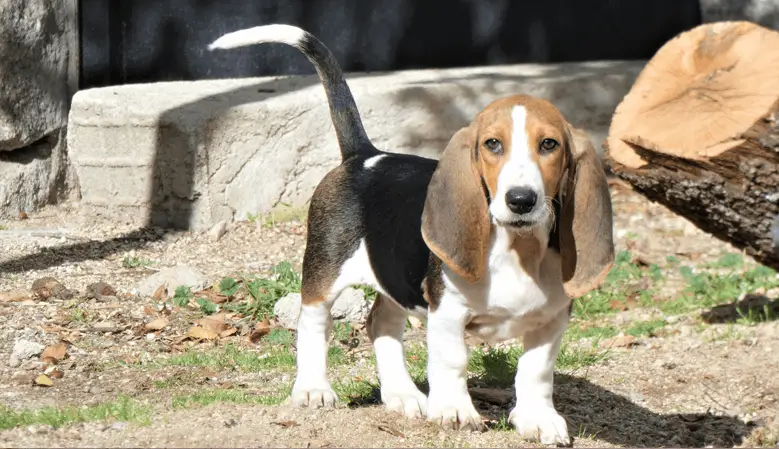
They are pack hounds, and they love to be around other dogs. Norman Artesien Bassets has a hunting instinct, so it is best to introduce as from a puppy age if you have another animal at home, such as a cat, ferret, or rabbit. They are a very good choice for families with kids.
Norman Artesien Bassets are calm dogs at home but very active outside. They are not very good as watchdogs because they will welcome all the people with a wagging tail (postman included). As scent hounds, they are not dominant. Norman Artesien Bassets don't have a problem with living with other dogs, and there are no problems with dominance between them.
Health problems
Norman Artesien Basset is a healthy breed. They usually live 13-15 years, and they don't have big health problems. The two principal health issues are otitis externa and bloat.
Breeders
It is not a popular breed, so fortunately, puppy farmers are not interested in this breed. The most important is to buy the puppy from a reputable breeder involved with the breed.
It is always important to ask the breeders about the puppy's parents and to see them before we buy the puppy. In this sense, I always advise all the people who are interested in buying a puppy to go to the breeder's home.
This breed was presented in collaboration with Mr. Mariano Galán - Morning Dew Sweepers Kennel
Photos by: Mr. Mariano Galán - Morning Dew Sweepers Kennel
World Dog Finder team

Updated at31.08.2023.
Breed History
The origin of the Norman Artesian Basset is related to all the other Basset breeds. Jacques du Fouilloux first mentioned a Basset in the middle of the 16th century in his famous book “La Venerie.” In this interesting book, Jacques du Fouilloux describes a low-height dog used against Badgers in the French region of Artois. At this time, the word Basset was used for all kinds of low-height hunting scent hounds, and usually, there had a smooth coat or rough coat.
In the second half of the 19th century, the breeding of Basset dogs started to be more defined, and it was possible to see different kinds of Basset dogs that were the origin of the different French Bassets breeds, some of which have not reached our days.
Between these French Basset breeds emerged a kind of scent hound of low height and smooth coat (bicolor or tricolor) named the French Basset. Between the first French Basset breeders, the most popular were the Earl le Couteulx de Canteleu and Mr. Louis Lane and the dogs bred by them were called Couteulx type and Lane type at the first time. Some years later, the Couteulx type was named Basset d’ Artois, and the Lane type was named Basset Normand.
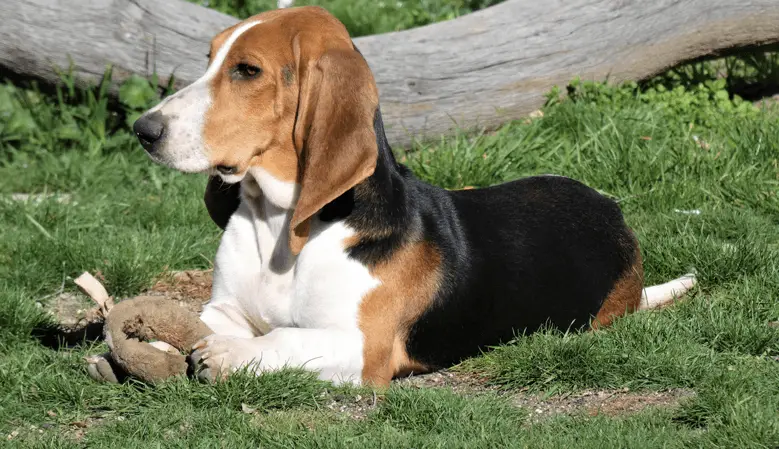
In 1924 the two types of Smooth Coated French Basset (Basset d’Artois and Basset Normand) were unified under the same standard with the name Basset Artésien-Normand.
In the development of the breed, there are very to mention to the Earl le Couteulx de Canteleu, Mr. Louis Lane, and Mr. Leon Verrier. The Earl le Couteulx de Canteleu was the founder of Basset d’Artois strain, Mr. Louis Lane was the founder of the Basset Normand strain, and Mr. Leon Verrier was the breeder that developed the Norman Artesian Basset from these two strains.
Mr. Leon Verrier was also president of the French Basset Club and judge, so his influence was very important in the modern development of this breed.
Were they bred as working dogs?
From the beginning, the Norman Artesian Basset was bred as a scent hound, especially for the hunt of rabbits. It is important to remember that there were a lot of rabbits in France until the middle of the 20th century before the myxomatosis virus was released in France. Therefore, the Norman Artesian Basset was a very popular breed in France and the most popular in this country. After the spread of the myxomatosis virus in France, the breed lost part of its utility because the number of rabbits decreased, which explains why the number of Norman Artesian Bassets decreased progressively over time.
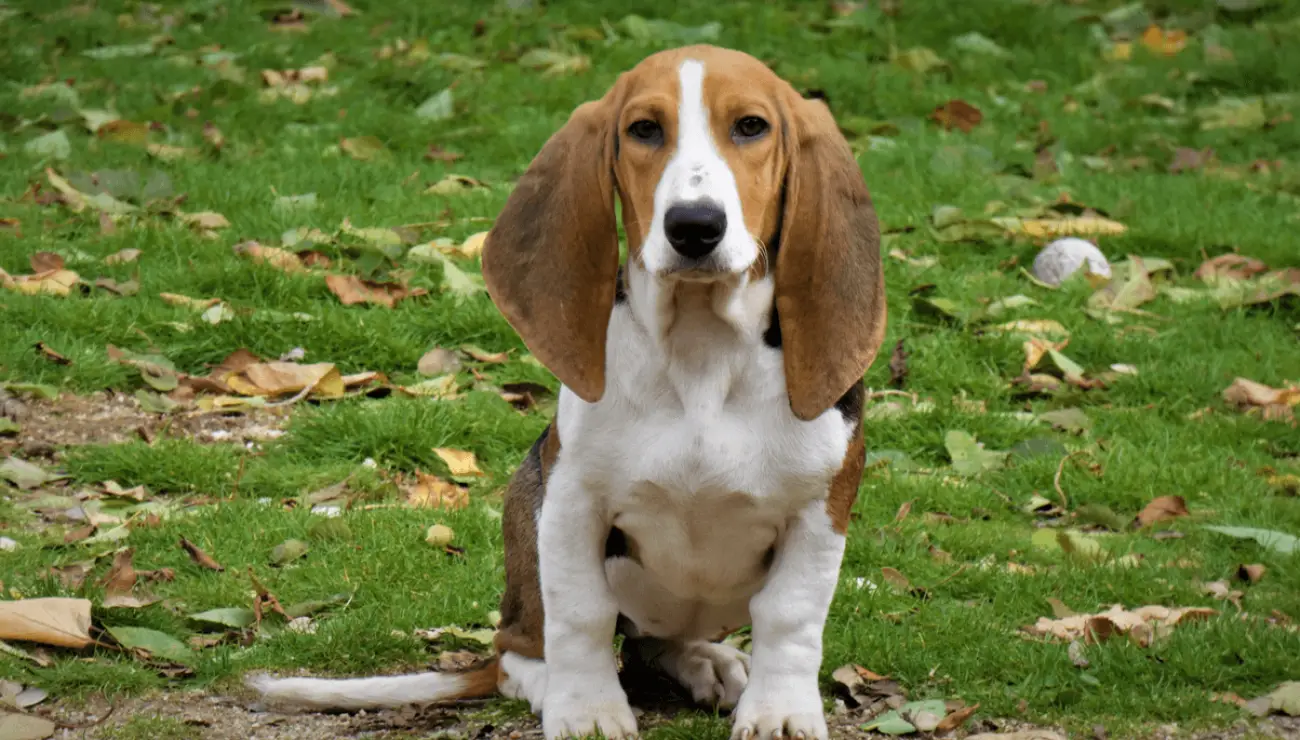
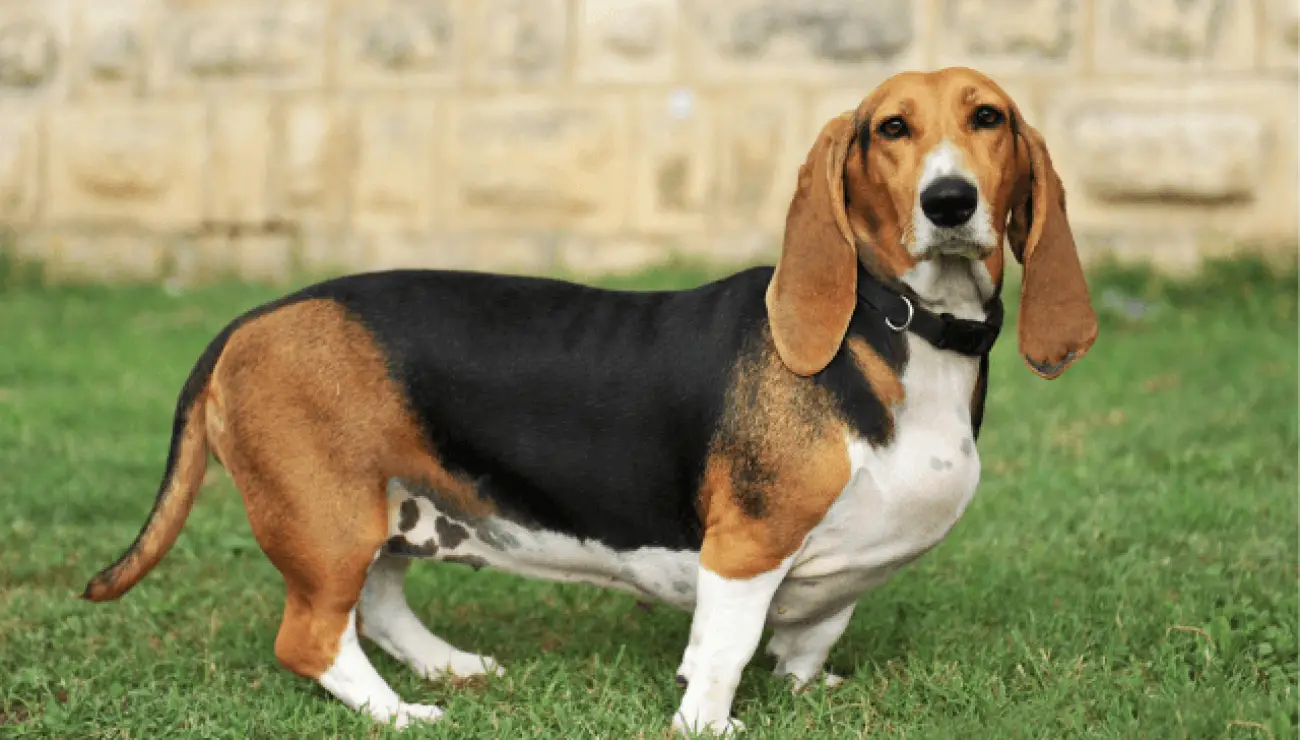
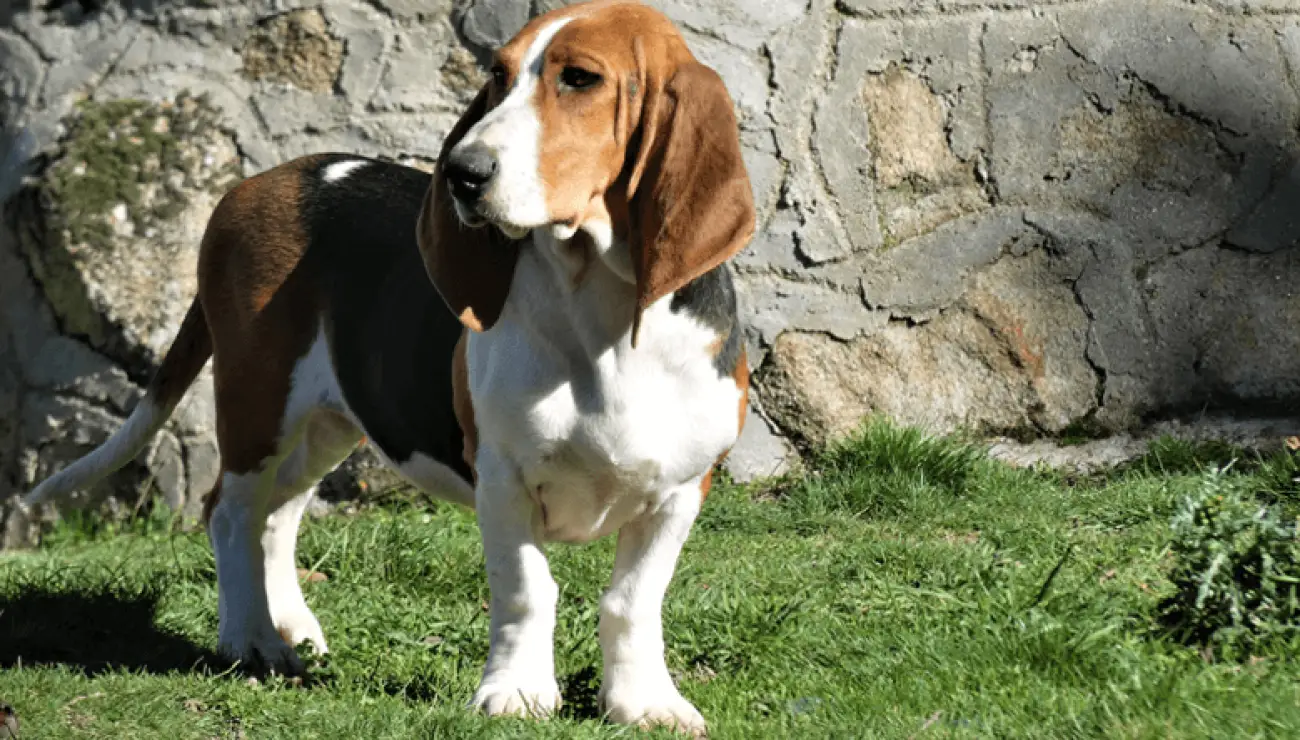

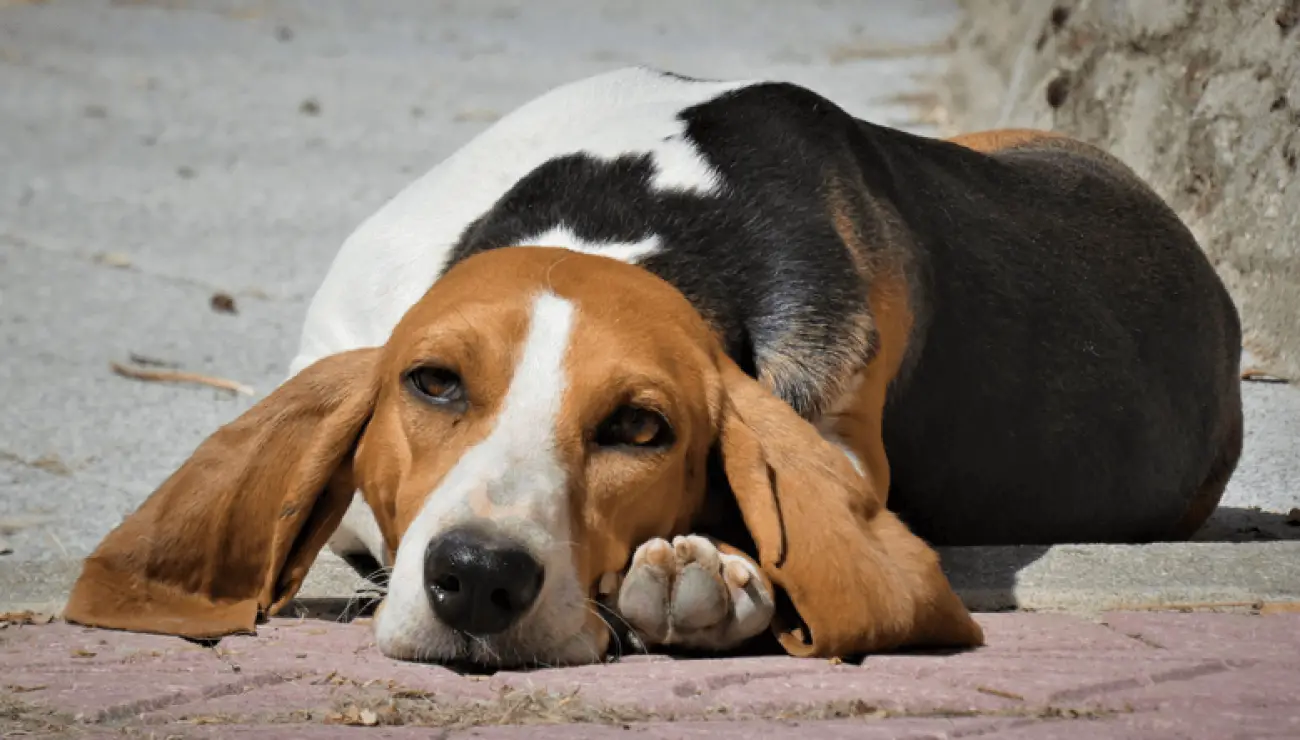
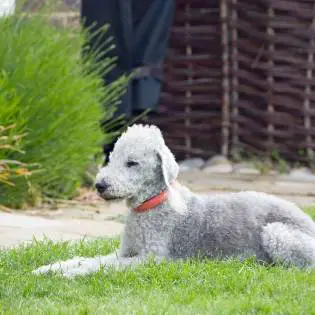
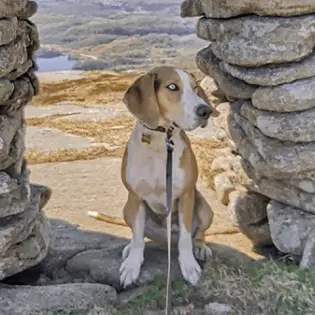
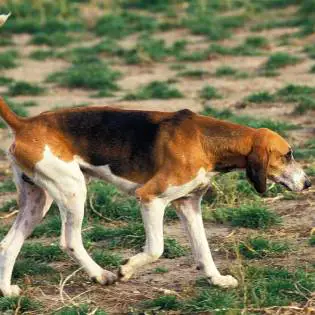
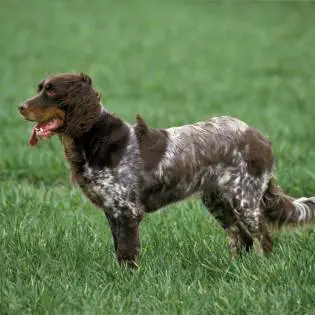
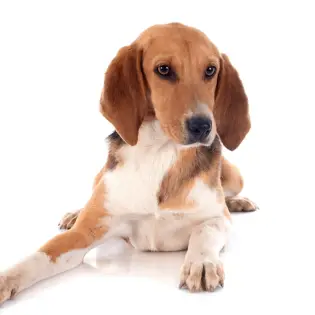
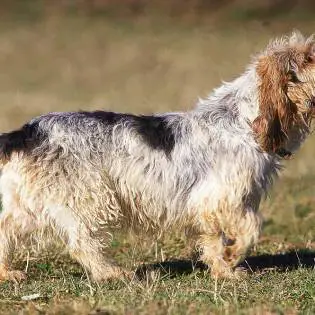
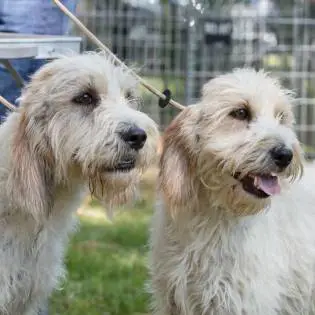
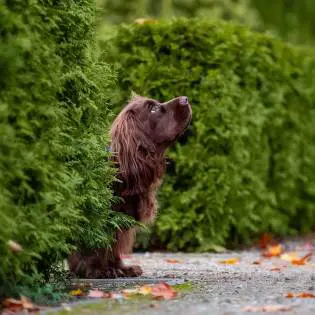
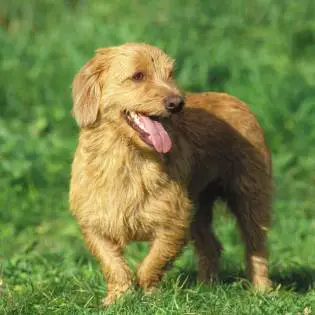
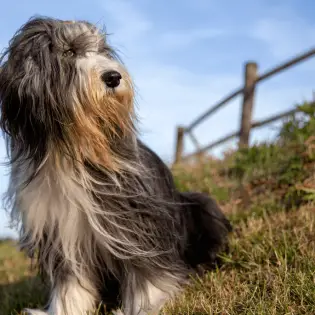

Share